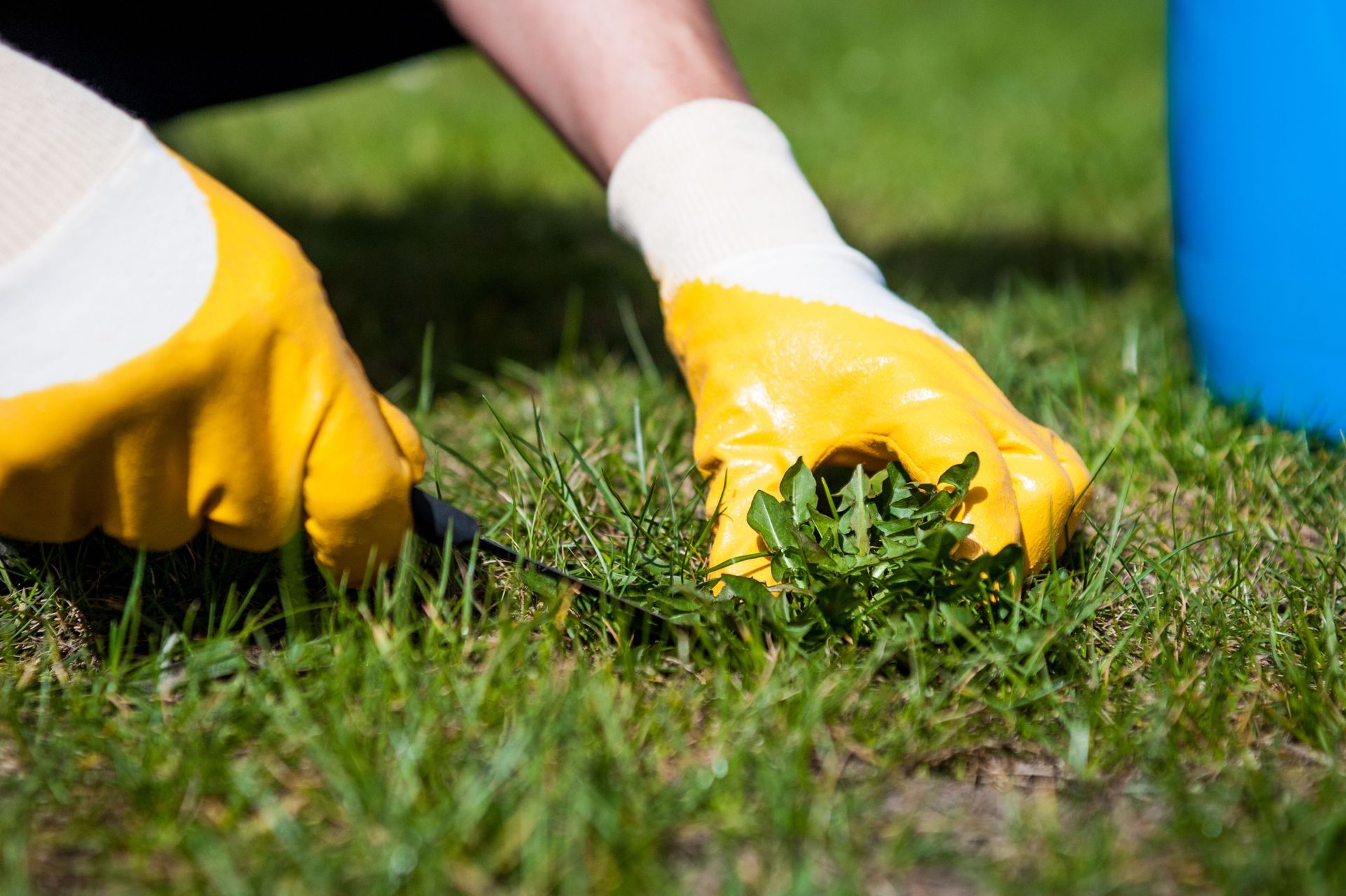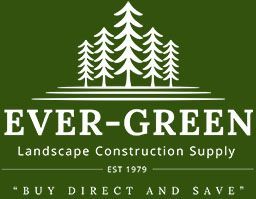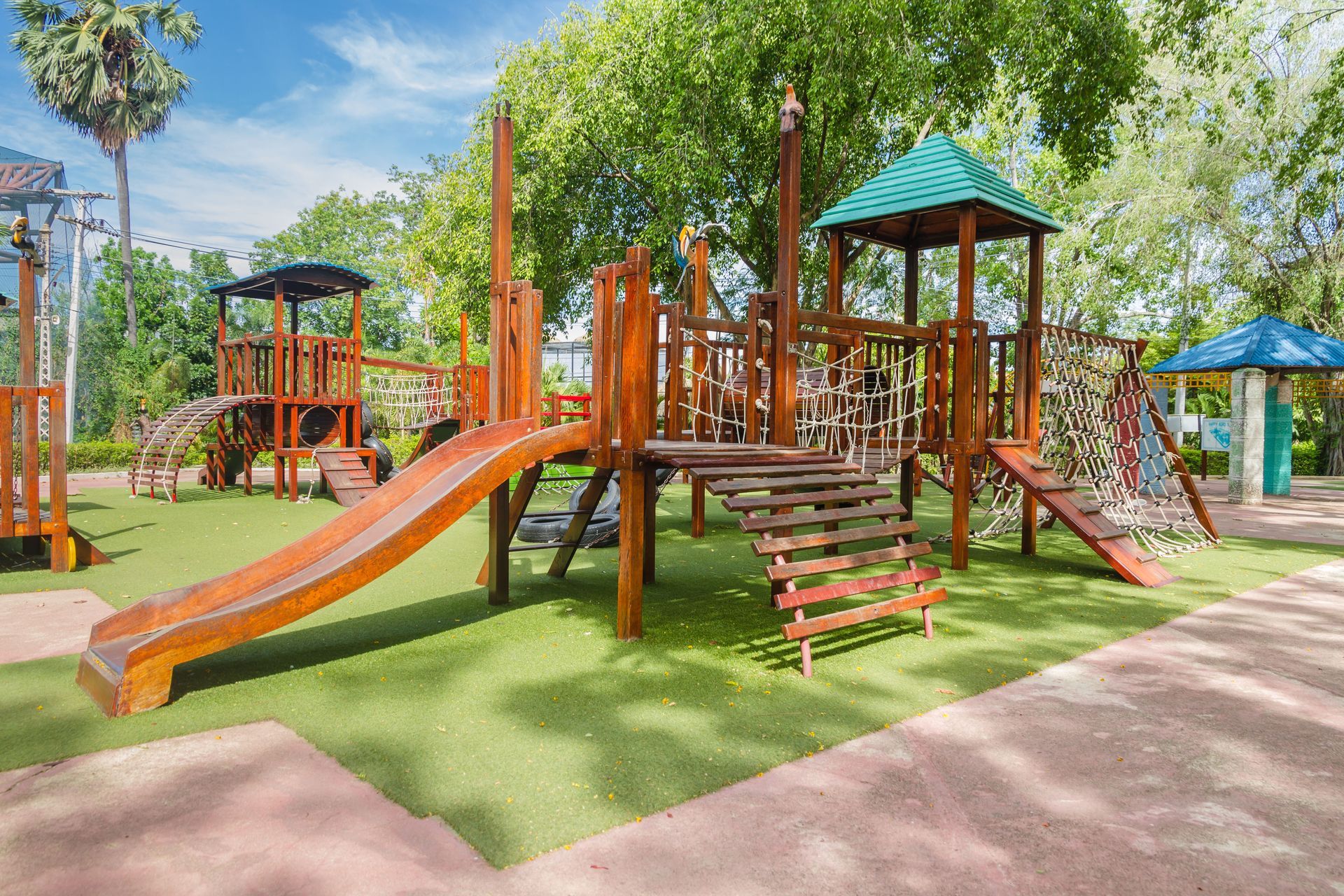Everything You Need to Know About Landscape Fabric for Weed Prevention
Gardening combines both creativity and practicality, offering homeowners the chance to design beautiful outdoor spaces while managing the challenges of maintaining them. Among those challenges, weeds rank at the top of the list, competing with flowers, shrubs, and vegetables for sunlight, water, and nutrients. A proven method to reduce this problem is the use of landscape fabric. This article explores everything you need to know about landscape fabric, from how it works to the different types available and the best installation practices. For the best results, working with a trusted landscape fabric company ensures access to quality materials and expert guidance.
Understanding the Purpose of Landscape Fabric
Landscape fabric is designed to act as a barrier between the soil and the surface layer, such as mulch or gravel, to suppress weed growth. It allows water and nutrients to pass through while preventing sunlight from reaching weed seeds beneath the surface. By cutting off sunlight, the fabric interrupts a vital stage in weed germination, making it harder for unwanted plants to grow and compete with desired vegetation. According to House Beautiful, annual weeds like crabgrass begin to germinate when soil temperatures reach approximately 55°F, which means that early installation of landscape fabric can help stop weeds before they take root in the spring.
For homeowners who want to save time on maintenance while improving the appearance of their gardens, landscape fabric provides a practical and lasting solution. Choosing the right product from a professional landscape fabric company ensures that the material performs well in different weather conditions and stands up to the test of time.
Exploring the Different Types of Landscape Fabric
Not all landscape fabrics are created the same, and understanding the main options helps gardeners make informed decisions. Woven fabrics, constructed by interlacing synthetic fibers, offer durability and strength, making them ideal for areas with heavier foot traffic or long-term use. Their breathable structure allows water to penetrate while maintaining a solid barrier against sunlight.
Non-woven fabrics, on the other hand, have a denser construction and are often thicker, creating a stronger shield against weed growth. While they may not offer the same level of breathability as woven options, they excel in blocking sunlight and creating a more impenetrable barrier in problem areas where weeds have been persistent.
Spun-bonded fabrics provide a balanced option, combining moderate strength, UV resistance, and water permeability. These fabrics work well for decorative landscaping where visual appeal and functionality need to go hand in hand. Some modern versions even incorporate eco-friendly or biodegradable materials, giving homeowners the ability to create a greener, more sustainable garden. A reputable landscape fabric company can guide homeowners toward the most suitable choice, factoring in site conditions, maintenance needs, and long-term goals.
How Landscape Fabric Prevents Weed Growth
The effectiveness of landscape fabric relies on three main mechanisms. First, the barrier prevents sunlight from reaching the soil surface, disrupting the germination process for many weed seeds. Without light, most seeds cannot sprout, significantly reducing the number of weeds that emerge.
Second, the fabric helps regulate soil moisture levels. By reducing evaporation, it keeps the soil beneath consistently moist, which benefits desirable plants while making conditions less favorable for certain weed species that thrive in dry, disturbed soil. This controlled moisture balance also supports healthier root systems for flowers, shrubs, and trees.
Third, landscape fabric creates a physical barrier that prevents seeds from making contact with the soil. Seeds that land on top of the fabric may sprout, but without soil contact, they quickly wither away. Seeds underneath the fabric are unable to push through the barrier, stopping them before they become established. With these combined effects, homeowners can enjoy cleaner, low-maintenance landscapes throughout the growing season.
Proper Installation Techniques for Long-Lasting Results
Even the best materials cannot perform well if installation is done incorrectly. Preparing the ground properly before laying fabric is the first critical step. All existing weeds, rocks, and debris must be removed so that the fabric rests evenly against the soil surface. A smooth, graded base helps prevent gaps where weeds might break through and ensures better water drainage so the fabric does not deteriorate prematurely.
Once the ground is ready, the fabric should be laid flat and pulled tightly across the surface. Overlapping the edges by several inches prevents weeds from slipping through the seams. Anchoring the fabric with garden staples or pins keeps it secure, especially along borders and areas exposed to wind or heavy rain. When cutting openings for plants, small, precise cuts allow the fabric to hug the base of the plant closely, minimizing exposed soil where weeds might take hold.
Covering the fabric with mulch, decorative stones, or gravel adds another layer of protection while enhancing the garden’s appearance. A thick, even cover also helps hold the fabric in place over time. Periodic inspections throughout the season ensure that seams stay closed, anchors remain secure, and no sections have shifted out of position. Taking a little time each year to maintain these protective measures allows the material to last longer and perform at its best.
Advantages and Limitations of Landscape Fabric
Landscape fabric offers several advantages beyond weed prevention. It reduces the need for chemical herbicides, supports soil moisture retention, and minimizes erosion on sloped areas. It also simplifies garden maintenance by decreasing the amount of time spent on weeding, allowing homeowners to focus more on planting and design rather than constant upkeep.
However, landscape fabric is not always suitable for every situation. Vegetable gardens and areas that require frequent soil amendments may not be ideal because lifting and replacing the fabric repeatedly can be inconvenient. Extremely wet or poorly drained sites can also present problems, as trapped moisture may harm plant roots or reduce fabric longevity. By consulting with an experienced landscape fabric company, homeowners can weigh these pros and cons to determine whether landscape fabric is the right solution for their specific needs.
Making the Most of Landscape Fabric in Your Garden
When used correctly, landscape fabric can transform the way homeowners manage their outdoor spaces. Combining proper material selection with careful installation and ongoing maintenance maximizes its benefits. Gardeners who plan ahead, prepare the soil thoroughly, and secure the fabric correctly often experience years of reduced weed growth and improved plant health.
Working with a professional landscape fabric company ensures access to high-quality products and expert advice tailored to your landscape. By following best practices and choosing materials that suit both the environment and aesthetic preferences, homeowners can create attractive, low-maintenance landscapes that stay beautiful season after season.
As you plan your planting season, take time to assess site conditions and long-term maintenance goals. Selecting the appropriate fabric grade, preparing the soil, and covering it with the right top layer will determine your results over time. Partnering with a knowledgeable landscape fabric company ensures you invest in materials that fit your vision and perform reliably year after year.
Landscape fabric remains one of the most effective tools for keeping gardens weed-free while supporting healthy plant growth. By understanding its benefits, choosing the right materials, and installing it properly, homeowners can enjoy cleaner, more manageable landscapes with minimal effort. For expert guidance and premium materials, contact Ever-Green Landscape Construction Supply today.





Share On: